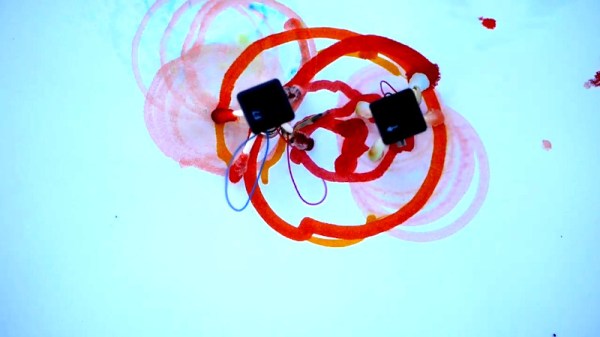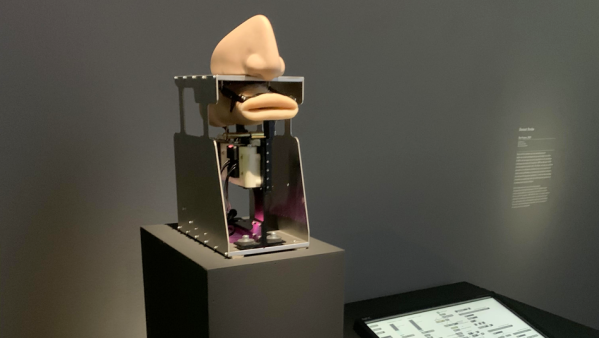Robots come in all shapes and sizes, from remote landers on distant planets to assembly arms working hard in auto plants. Of course, the definition is broad and can contain more frivolous entities, too. [smdavee]’s watercoloring ‘bots may not be particularly complex or sentient, but they’re a fun creative build.
The design is akin to that of the BristleBot, with a pager vibration motor allowing the ‘bot to wobble about on unsteady feet. In this case, a keyboard cap is used, with cottontips inserted in the base to act as legs. These are then dipped in watercolor paints, and the attached motor is then switched on to vibrate the ‘bot around the page.
It’s an easy build, and one that would be particularly well-suited to teaching young children basic electronic concepts. Plus, there’s the added fun of getting to make a mess with watercolors, too. If you’ve got a fun art robot hiding away in your garage, be sure to let us know. Video after the break.


















